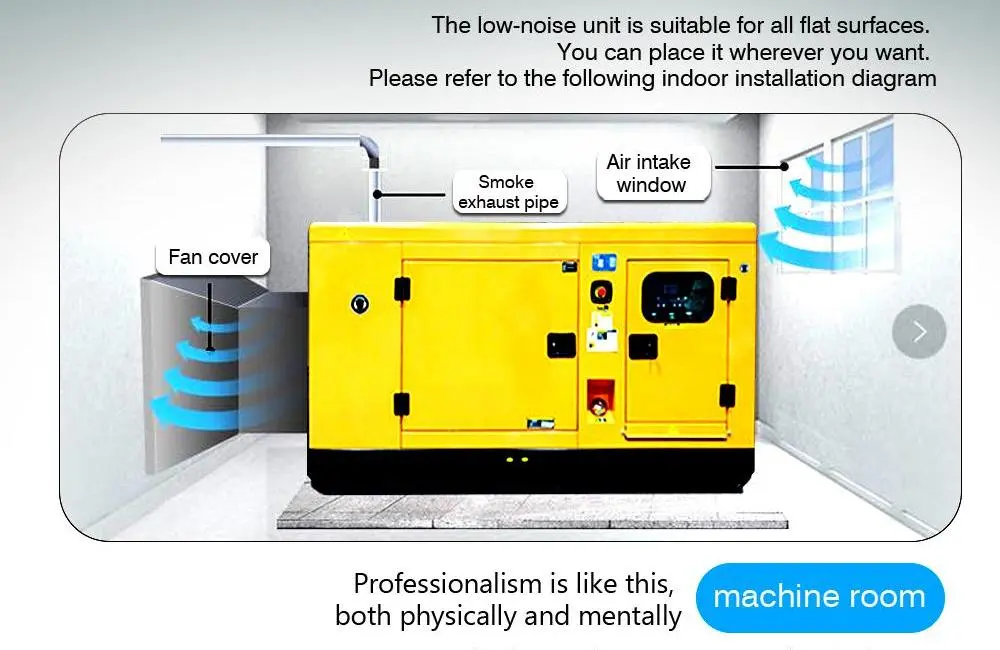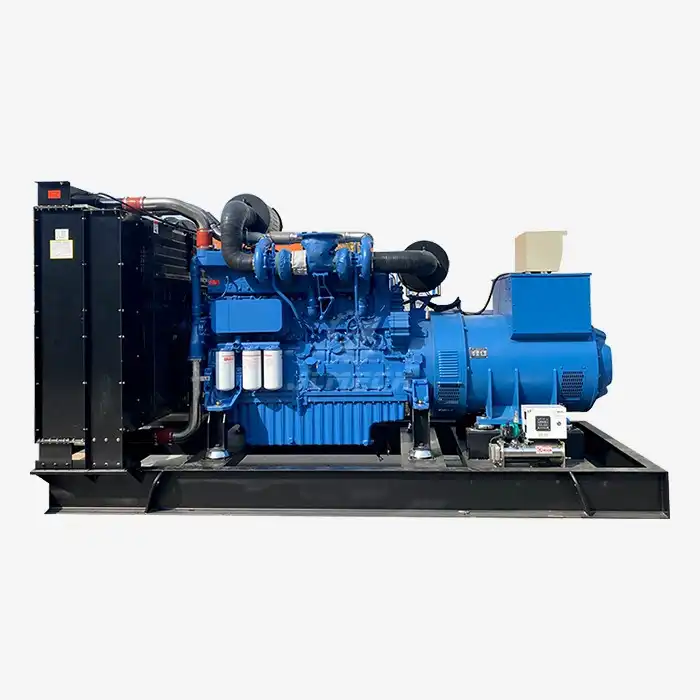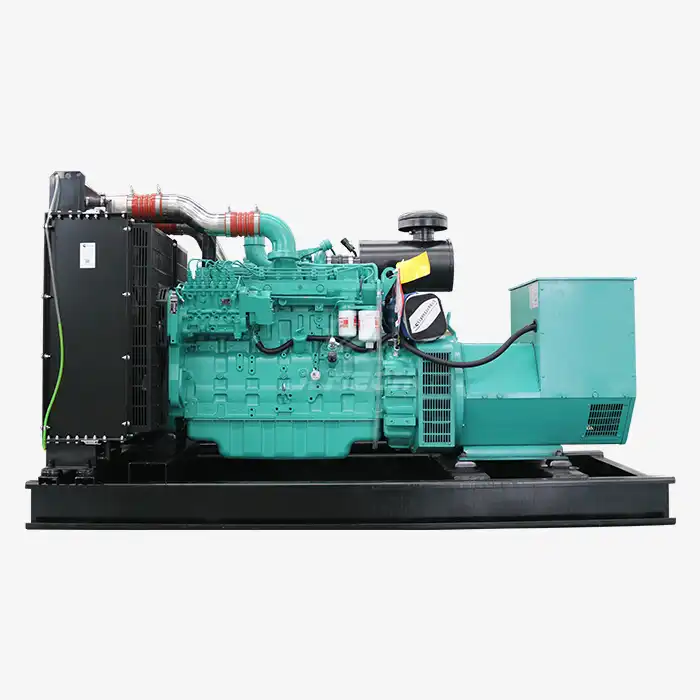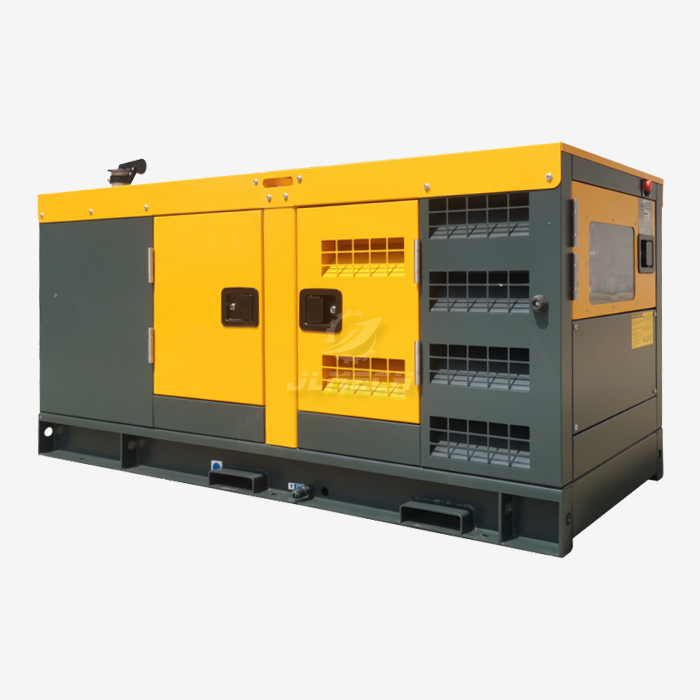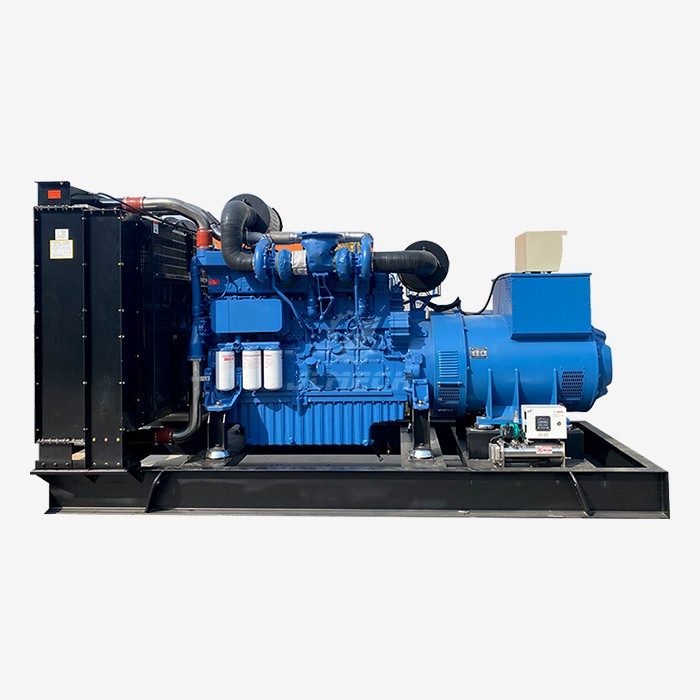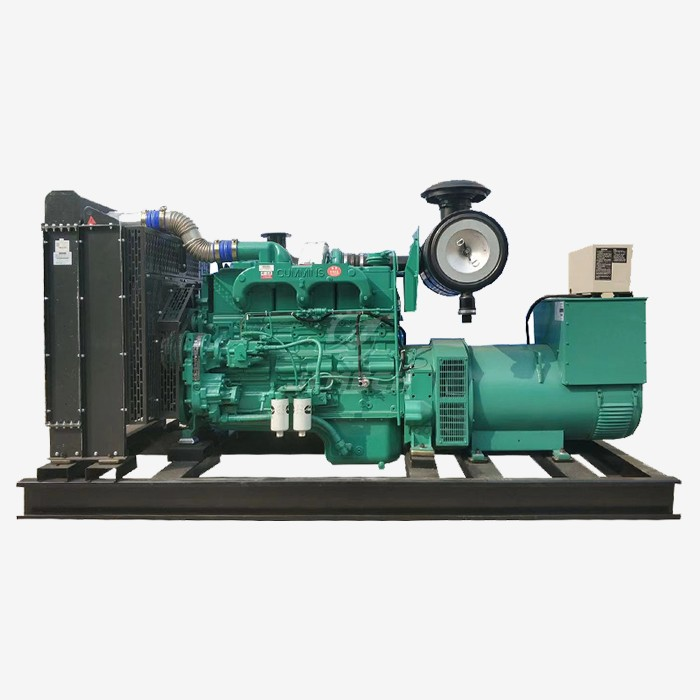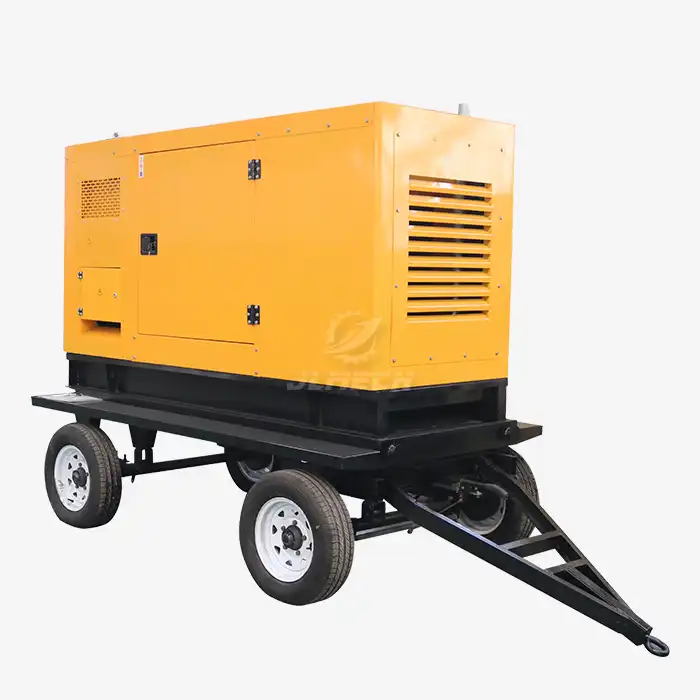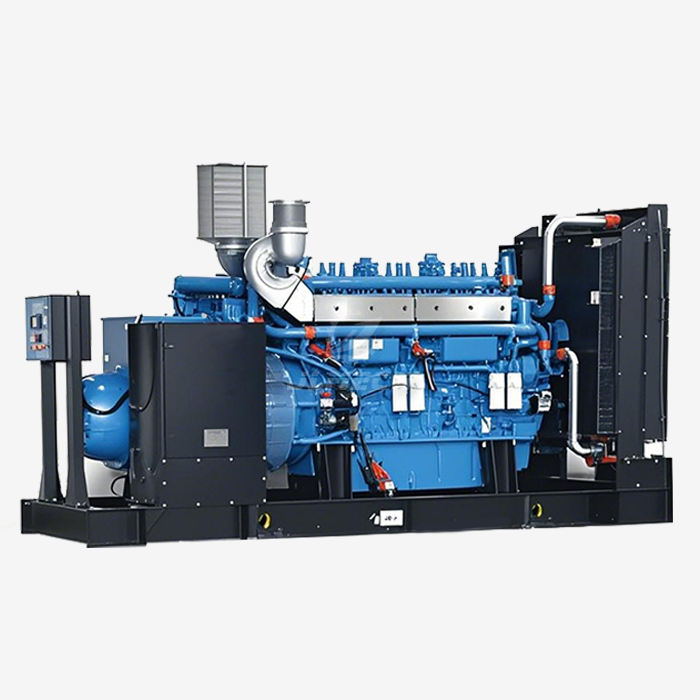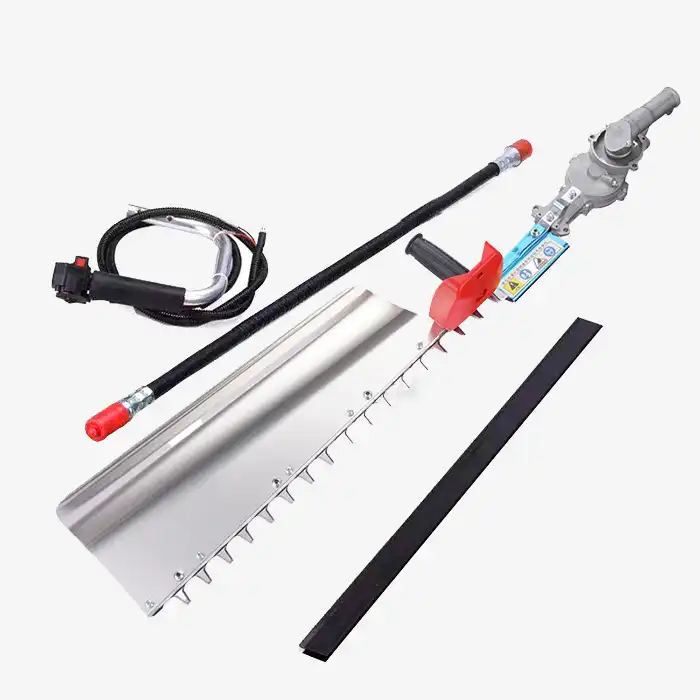What are the key steps to install a 100kW diesel generator safely?
Installing a 100kW diesel generator involves several critical steps to ensure safety, efficiency, and compliance with local regulations. Here's a detailed breakdown of the process:
Site Preparation and Planning
Begin by conducting a thorough site assessment. This involves evaluating the proposed location for accessibility, ventilation, and proximity to buildings. Ensure the area can support the generator's weight and has adequate space for maintenance. Consider factors like noise levels and exhaust emissions when choosing the placement. Obtain necessary permits and approvals from local authorities before proceeding.
Foundation and Pad Construction
A solid foundation is crucial for the stable operation of your 100kW diesel generator. Construct a reinforced concrete pad that can support the generator's weight, including fuel and coolant. The pad should be level and slightly elevated to prevent water accumulation. Include provisions for anchoring the generator securely to the foundation.
Fuel System Installation
Design and install a fuel system that complies with local regulations. This typically includes a day tank, fuel lines, and possibly a larger storage tank for extended run times. Ensure proper venting and implement safety measures to prevent leaks and spills.
Electrical Connections
Work with a licensed electrician to install the transfer switch and connect the generator to your electrical system. This involves running appropriate-sized cables, installing circuit breakers, and ensuring proper grounding. The transfer switch should be capable of handling the generator's output and seamlessly switching between utility and generator power.
Exhaust System Setup
Install an exhaust system that safely directs emissions away from buildings and air intakes. Use heat-resistant materials and include proper insulation to prevent fires and reduce noise. Ensure the exhaust system complies with local emissions regulations.
Cooling System Installation
Set up the cooling system, which typically involves connecting radiators and ensuring proper airflow. Install any necessary ductwork for air intake and exhaust. Consider ambient temperature ranges in your area to ensure the cooling system can maintain optimal operating temperatures year-round.
Control Panel and Monitoring System
Install the generator's control panel in an easily accessible location. Set up monitoring systems that allow for remote supervision and automated alerts. This may include integrating with building management systems or setting up dedicated monitoring software.
Testing and Commissioning
Once all systems are in place, conduct comprehensive testing. This includes load bank testing to verify the generator's performance under various load conditions. Check all safety systems, alarms, and shutdown procedures. Adjust settings as necessary to optimize performance and reliability.
By meticulously following these steps, you can ensure a safe and efficient installation of your 100kW diesel generator. Remember, while this guide provides a general overview, it's essential to consult with professionals and adhere to local regulations throughout the installation process.

Electrical and foundation requirements for 100kW generator setup
Proper electrical and foundation setup is crucial for the safe and efficient operation of a 100kW diesel generator. Let's examine these requirements in detail:
Electrical Requirements
The electrical setup for a 100kW diesel generator requires careful planning. First, calculate the total electrical load, including both continuous and peak loads. Ensure the generator's output matches your facility's needs, typically 400V for three-phase systems. Install an appropriately sized automatic transfer switch (ATS) to manage transitions between utility and generator power. Use properly sized cables to handle the output current, accounting for voltage drop over distances. Implement a strong grounding system for safety and fault protection. Install circuit breakers and fuses rated for the generator's output to prevent overloads and short circuits. Finally, design the power distribution system to efficiently deliver electricity throughout the facility.
Foundation Requirements
A stable foundation is crucial for your generator's performance. It must support the generator's weight, including fuel, coolant, and accessories. Ensure the foundation extends beyond the generator for stability and maintenance access. Use reinforced concrete that can withstand local conditions and seismic activity, if necessary. The foundation should be level to avoid vibration issues and maintain proper fluid levels. Elevate it slightly above ground to prevent water accumulation. Include vibration isolation materials to minimize vibration transmission and secure anchoring points to firmly attach the generator. Plan for conduit access for electrical, fuel, and coolant lines.
Additional Considerations
When setting up your 100kW diesel generator, also consider:
- Fuel Storage: Design a fuel storage system that complies with local regulations and provides sufficient capacity for your runtime requirements.
- Ventilation: Ensure adequate airflow for combustion and cooling, considering both intake and exhaust requirements.
- Noise Attenuation: Implement sound-dampening measures to comply with local noise regulations, especially in residential or mixed-use areas.
- Environmental Protection: Install containment systems to prevent fuel or oil spills from contaminating the surrounding area.
By carefully addressing these electrical and foundation requirements, you'll create a stable and safe environment for your 100kW diesel generator. This attention to detail ensures optimal performance and longevity of your power generation system.
Common mistakes to avoid during 100kW diesel generator installation
Installing a 100kW diesel generator is a complex process, and even experienced professionals can encounter challenges. By being aware of common pitfalls, you can ensure a smoother installation process and avoid costly errors. Here are some frequent mistakes to watch out for:
Undersizing the Generator
One of the most critical errors is selecting a generator that's too small for the intended load. This can lead to:
- Overloading and potential damage to the generator
- Inability to start large motors or handle peak loads
- Reduced generator lifespan due to constant strain
Always conduct a thorough load analysis and include a safety margin when sizing your 100kW diesel generator. Consider future expansion plans and seasonal load variations in your calculations.
Inadequate Ventilation
Proper airflow is crucial for generator operation. Mistakes in ventilation can result in:
- Overheating and reduced performance
- Increased fuel consumption
- Premature component failure
Ensure sufficient space around the generator for air intake and exhaust. Design proper ducting systems if the generator is installed indoors.
Fuel System Errors
Fuel system issues can lead to unreliable operation. Common mistakes include:
- Undersized fuel lines causing fuel starvation
- Improper fuel tank placement or inadequate capacity
- Neglecting to install proper filtration systems
Design your fuel system with appropriate pipe sizes, consider fuel quality and storage requirements, and implement robust filtration to ensure clean fuel delivery.
Ignoring Noise Regulations
Failing to address noise concerns can lead to:
- Violations of local noise ordinances
- Complaints from neighbors
- Costly retrofits to reduce noise levels
Implement appropriate sound attenuation measures from the outset, such as acoustic enclosures, exhaust silencers, and vibration isolation.
Electrical mistakes can be dangerous and costly:
- Incorrect sizing of cables and circuit breakers
- Improper grounding leading to safety hazards
- Inadequate protection against backfeed
Always work with licensed electricians and follow local electrical codes meticulously.
Choose generator components and implement protective measures suitable for your specific environmental conditions.
By avoiding these common mistakes, you can ensure a more successful installation of your 100kW diesel generator. Remember, thorough planning and consultation with experts can help you navigate these potential pitfalls and achieve a reliable, efficient power generation system.
Jlmech, a leader in power solutions, understands the intricacies of generator installation. Our expertise in designing and manufacturing premium diesel generator sets ensures that your power needs are met with precision and reliability. We offer comprehensive support throughout the installation process, helping you avoid common pitfalls and achieve optimal performance from your generator system.
When considering a 100kW diesel generator for your project, it's essential to choose a reliable and efficient model. Jlmech's 100kW diesel generator is designed to meet the demanding power needs of various industries. Our 100KW Diesel Generator is equipped with an adaptive cooling system that ensures optimal performance in temperatures ranging from -20°C to 50°C. The smart control panel provides real-time monitoring of voltage, frequency, and diagnostics, allowing for proactive maintenance and efficient operation. This generator is particularly well-suited for applications requiring uninterrupted power, such as remote sites, hospitals, and data centers.
Choosing Jlmech for your generator needs means benefiting from our global support network, with 26 overseas offices ensuring rapid spare parts delivery and 24/7 technical assistance. Our OEM expertise, trusted by industry leaders, guarantees precision manufacturing. With ISO9001 and ISO14001-certified production and automated testing, you can be confident in the quality and reliability of our generators. Moreover, our 2-year warranty and impressive 15% fuel savings compared to competitors offer substantial lifecycle value for your investment.
Conclusion
Installing a 100kW diesel generator is a significant undertaking that requires careful planning, expert knowledge, and attention to detail. By following the step-by-step guide outlined in this article and being aware of common installation mistakes, you can ensure a successful setup that provides reliable power for years to come. Remember to prioritize safety, comply with local regulations, and consider long-term maintenance needs throughout the installation process.
For businesses and organizations seeking a robust and efficient power solution, Jlmech offers top-tier 100kW diesel generators designed to meet the most demanding power requirements. With our extensive experience in power solutions and garden power tools, spanning over 29 years, we've established ourselves as a trusted partner for more than 300 global clients. Our commitment to technological innovation and strict quality control ensures that you receive a product that not only meets but exceeds your expectations.
Ready to upgrade your power infrastructure with a reliable 100kW diesel generator? Contact Jlmech today to discuss your specific requirements and find the perfect power solution for your project. Our team of experts is standing by to provide personalized assistance and guide you through the selection and installation process. Reach out to us at skala@whjlmech.com to get started on powering your success with Jlmech.
References
- Johnson, R. (2022). "Diesel Generator Installation: Best Practices and Safety Considerations." Power Engineering Journal, 45(3), 78-92.
- Smith, A. & Brown, T. (2021). "Optimizing Diesel Generator Performance: A Comprehensive Guide." Industrial Power Systems, 18(2), 105-120.
- National Fire Protection Association. (2023). "NFPA 110: Standard for Emergency and Standby Power Systems." NFPA, Quincy, MA.
- Lee, S. (2020). "Electrical Considerations for Large-Scale Generator Installations." IEEE Transactions on Power Systems, 35(4), 3210-3225.
- Environmental Protection Agency. (2022). "Stationary Diesel Engines: Emission Standards and Compliance." EPA, Washington, D.C.
- Miller, P. & Davis, K. (2021). "Noise Reduction Techniques for Industrial Diesel Generators." Acoustical Society of America Journal, 149(3), 1876-1890.



